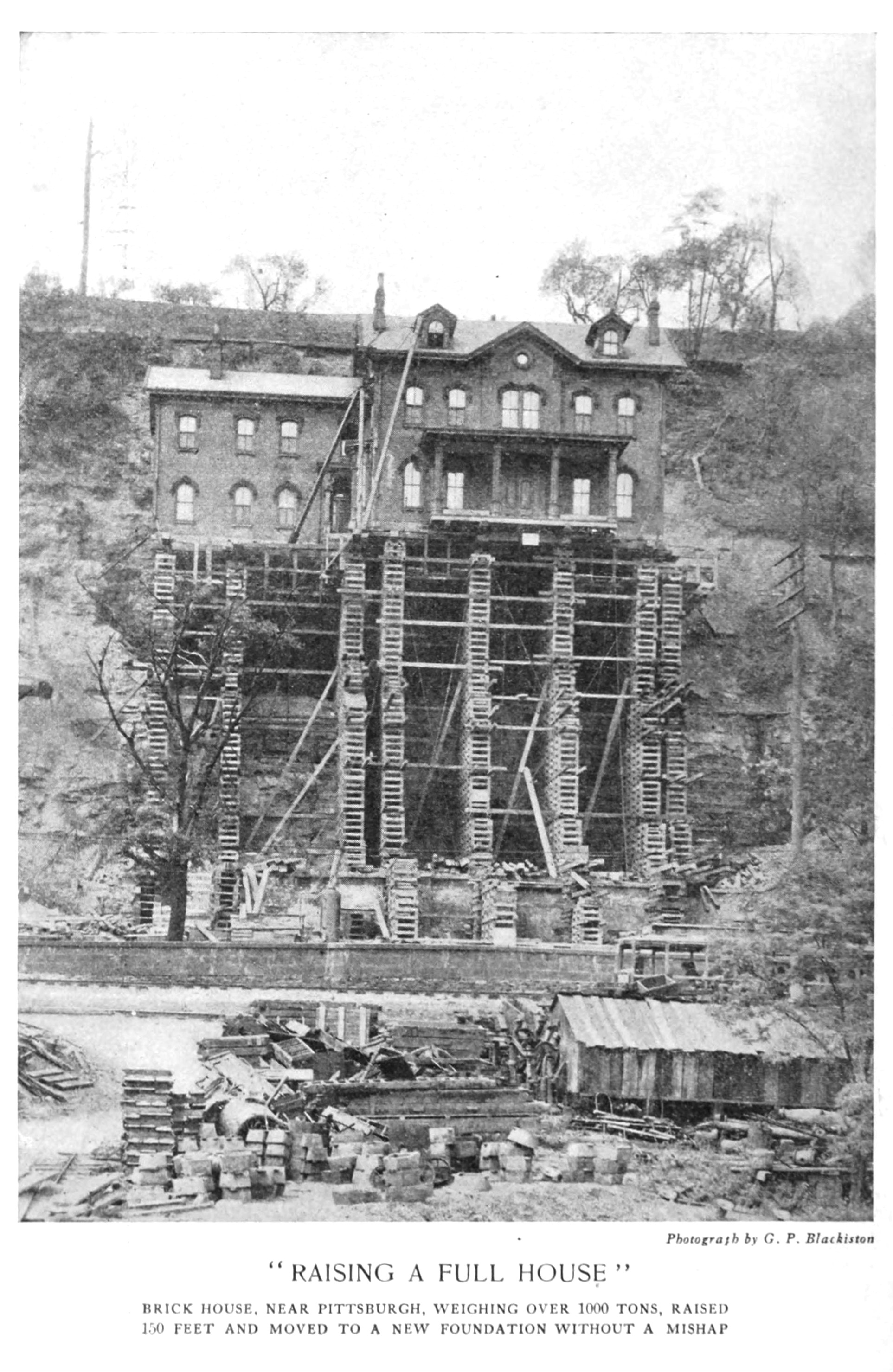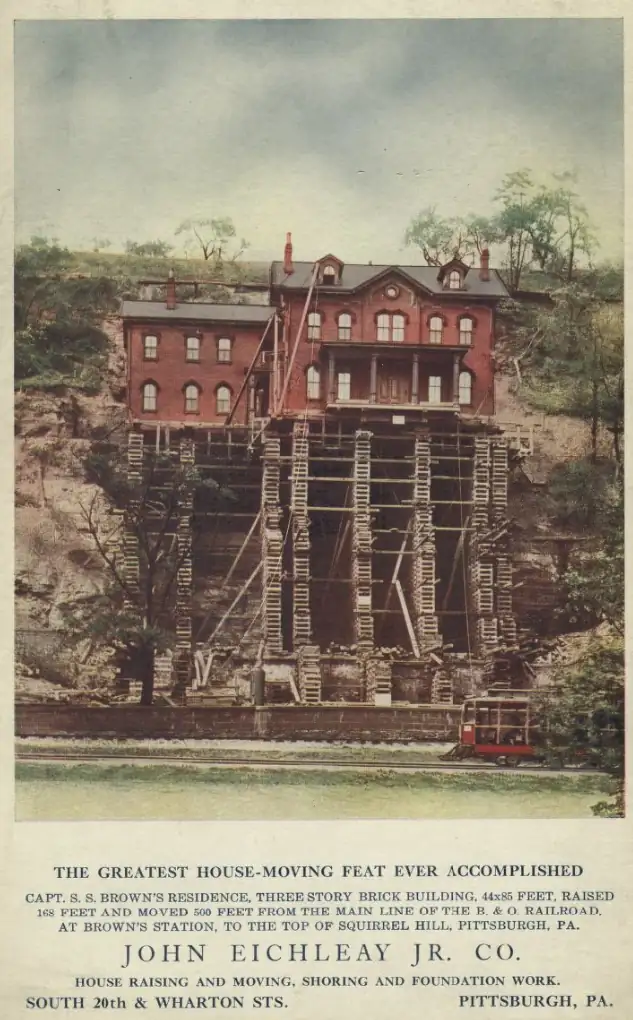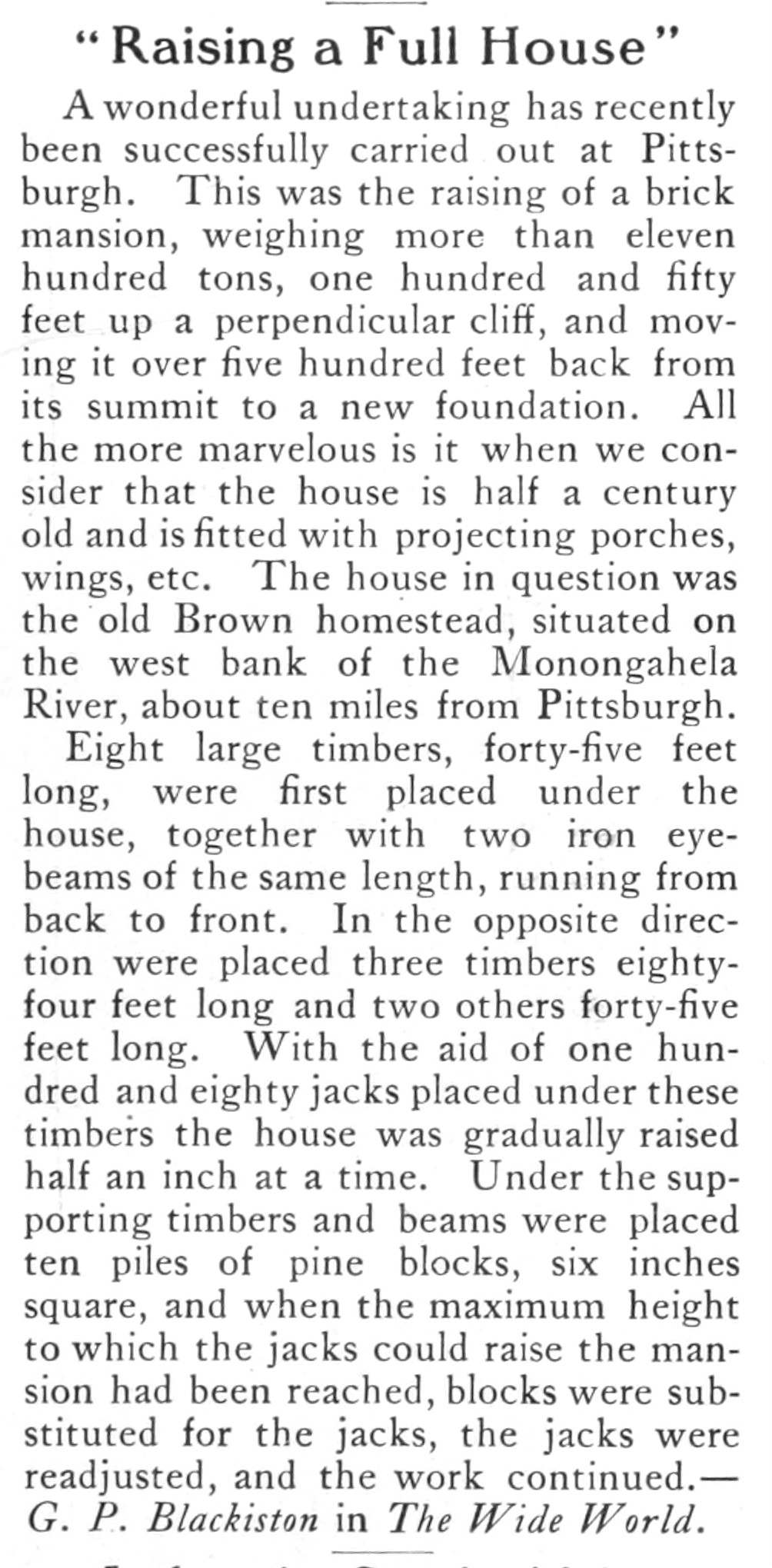
Camera: Kodak EasyShare Z1485 IS.
In the distance, the Tower at PNC Plaza looms over the next block.

In the distance, the Tower at PNC Plaza looms over the next block.

Franklin Toker suggests that, per square foot, this is the most expensive church ever built in America. It was built with Mellon money, so it is sometimes called the Mellon Fire Escape by locals who see it as an atonement for the sins inevitable on the way to becoming the richest family in America; but the congregation prefers the nickname “Cathedral of Hope.” The architect was Ralph Adams Cram, who could easily be called America’s greatest Gothic architect, and the Mellons gave him free rein and an unlimited budget. The result was Cram’s ultimate fantasy Gothic cathedral, whose massive central tower dominates the skyline of the neighborhood. To the left, in the distance, we see the Highland Building.
If you love architecture, Fourth Avenue gives you a more varied aesthetic experience per block than any other street in the city. Here we have the Richardsonian Romanesque style as it applies to a proto-skyscraper: the Fidelity Building, designed by James T. Steen. It opened in 1889, when Richardson’s courthouse on Grant Street was brand new. Its seven floors are close to the limit for pre-steel-cage architecture. Only a year after this building opened, construction began on the Conestoga Building on Smithfield Street, the first steel-cage building in Pittsburgh.
The photograph is huge, by the way: at full size it’s 8.88 megabytes, so don’t click on it on a metered connection. Once again, old Pa Pitt has put it together from multiple photographs, which was the only way to get the whole front of the building from across the street.

“Mrs. Thaw’s Chocolate Church,” as it was called when it was put up, this splendid building was designed by Theophilus P. Chandler, Jr., and opened in 1903. Mary Thaw, the widow of Henry Thaw, paid for most of it, and doubtless specified the architect; Chandler had also designed the Thaws’ mansion, which (alas) is long gone. Chandler was also the architect of First Presbyterian downtown and the titanic Duncan mausoleum and column in the Union Dale Cemetery.
The picture of the front above is put together from eight different photographs, which is the only way old Pa Pitt could get the whole building from this angle.


The Gateway station is a feast of strange and slightly unsettling angles. If you like eating angles.

A 1960 skyscraper by the prolific Harrison & Abramovitz (who also gave us the U. S. Steel Tower, the Westinghouse Building, and the Alcoa Building). Father Pitt thinks it looks better as an architect’s rendering than in person. He has therefore made his photograph (merged from three separate photographs) look as much like an architect’s rendering as possible.


An update: When Father Pitt first posted this article, the pictures were distorted. That was because old Pa Pitt had not figured out how to choose the proper projection in the Hugin panorama software. What a difference it makes!
By stitching together multiple photographs, we get these impossibly wide-angled views of St. Paul’s Cathedral in Oakland. Since the street in front is busy, we also get some ghost figures on the sidewalk and ghost vehicles driving past.



Updated update: The link in the comment by “Zak” no longer works, but you can see a fine hand-colored version of this image here.

This is the same photograph, but note how the debris at the bottom has been edited out. Yes, people could do that before Photoshop. There is also a photograph from the side.

From the vanished page to which Zak referred we learned that this house burned in 1913; it would have been on the Pittsburgh side of the river opposite where the Waterfront is now. The contractors who moved the house, John Eichelay Jr. Co., specialized in moving buildings, though even they considered this one a remarkable feat. The same company, in 1945, got the contract for moving the first atom bomb.
For historical reasons, we keep the original version of the article below.
From the Booklovers Magazine in 1904. Can anyone identify this house or its exact location? The text below is all Father Pitt has to go on, which tells us that it is somewhere in the Mon Valley near Pittsburgh, but not exactly where. We do not know, for example, whether “about ten miles from Pittsburgh” means ten miles along the river or ten miles as the crow flies. Ten miles along the river would put the house in Homestead or thereabouts.


Doughboy Square (named, of course, for the splendid statue of a World War I soldier) has always had the potential to be an impressive space, the gateway to Lawrenceville. But it suffered decades of neglect; in fact, it never really recovered from the Great Depression. Now, at last, the triangle (no, of course it isn’t really a square; this is Pittsburgh) is seeing a revival, with old buildings refurbished and new and architecturally sympathetic buildings put up, joining the newly trendy Lower Lawrenceville district. A good bit of the credit for the revival goes to the Desmone architectural firm, which saw the potential in the long-abandoned Pennsylvania National Bank building and restored it while the rest of Doughboy Square was mostly vacant.

Not all the waterfalls were frozen. These were moving, and we present them with sound—just two minutes of water burbling through the winter forest.